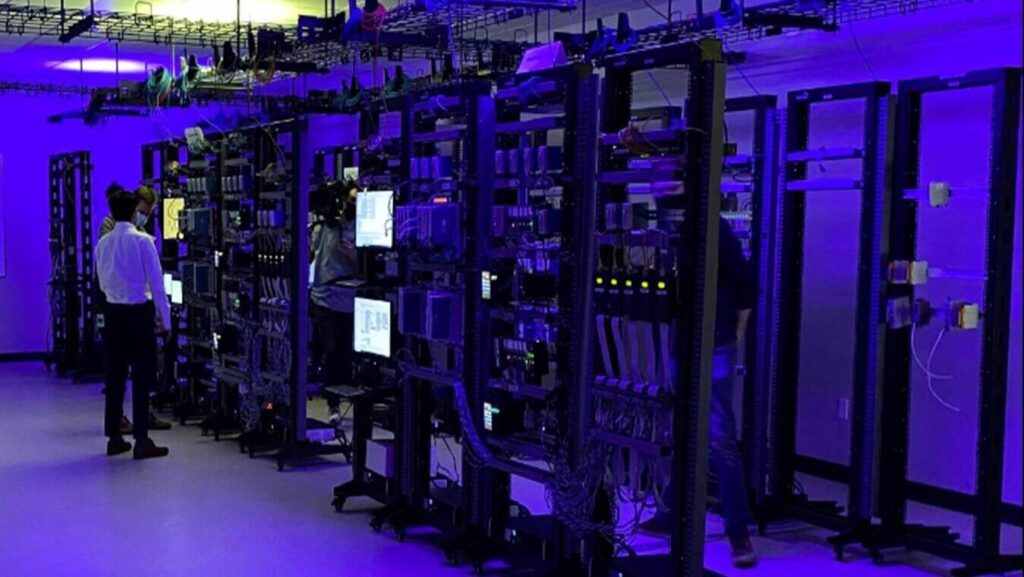In today’s fast-paced business environment, small and mid-sized companies increasingly look for ways to enhance efficiencies while minimizing costs. Implementing AI-powered automation can be a transformative approach. This article aims to provide step-by-step instructions on designing, deploying, and monitoring an AI-powered automation system suitable for a small or mid-sized business.
Before diving in, it’s crucial to outline the prerequisites. The first requirement is a clear understanding of the specific processes you want to automate. Identify the tasks that are repetitive, time-consuming, or prone to errors. Next, gather relevant data for these processes, as this will serve as the foundation for training your AI model. Familiarity with basic project management principles is also beneficial, as you’ll be coordinating across teams.
The first configuration step is to select an AI platform or tool that suits your business needs. Many user-friendly platforms exist, specifically designed for non-developers. Look for tools that offer integrations with common business applications you use. Once you’ve selected an appropriate tool, follow the vendor-specific installation guide carefully, making sure to configure it based on your business requirements.
After you have your AI tool in place, the next step is to train the AI model. Input the data you collected earlier and ensure it is well-organized. During this phase, you’ll typically split the data into training and testing sets. This is crucial, as it allows you to assess how well the AI model can learn from the data. For example, if you’re automating customer inquiries, provide it with transcripts from previous customer interactions.
Once your model is trained, testing is the next critical step. Run your AI model against your testing data to evaluate its performance. Keep an eye out for metrics such as accuracy and response time. You should also create scenarios with varied data inputs to see how the system deals with different situations. For example, if the AI handles customer questions, create both straightforward queries and more complex ones. The goal is to confirm that the AI responds appropriately in various contexts.
Monitoring is vital for the long-term effectiveness of your AI automation. Use built-in analytics tools to track the system’s performance continuously. Monitoring will help you identify trends over time, such as response rates and customer satisfaction levels. If the automation does not meet expectations, adjustments can be made based on the insights gathered from these analytics.
Error handling requires establishing a clear strategy upfront. Document the potential errors that could occur and outline processes to handle them effectively. This could involve setting up alerts for when the AI encounters an issue, allowing the operations manager to intervene manually if necessary. For instance, if the AI miscommunicates an order, it should flag the issue for immediate review. This helps maintain quality control while leveraging automation.
Cost control is another critical aspect to consider. Analyzing upfront costs versus ongoing expenses will help you better understand your investment. Consider aspects such as licensing fees for software, costs associated with data storage, and any potential third-party service fees for ongoing maintenance. A straightforward budgeting plan will enable you to track these costs against the benefits you’re gaining from automation.
Security should always be a top priority. Implement appropriate firewalls and encryption methods to safeguard sensitive data. Review the AI platform’s compliance with industry standards and regulations. Ensure that user access controls are robust, limiting access to only those who absolutely need it. Regularly update your security protocols to remain resilient against emerging threats.
When it comes to data retention, establish a clear policy that defines how long you will keep data. Ensure compliance with relevant regulations like GDPR and CCPA if you are dealing with personal data. This will not only protect your business but also build trust with your customers. Monitor how data is used and stored to avoid unnecessary exposure.
Privacy is intertwined with data management. Clearly communicate to your customers how their data will be utilized within the AI system. Building transparency in your data practices will help assure customers that their information is being handled responsibly. Consider obtaining explicit consent for data usage, which can also enhance your reputation.
Vendor lock-in is a common concern with proprietary systems. To mitigate this risk, consider using open-source tools or platforms that provide interoperability with various vendors. This approach allows you to easily switch vendors or tools in the future without heavy re-investment in your automation process. It helps maintain flexibility and adaptability as your business evolves.
Estimating ROI for your AI automation project should involve both quantitative and qualitative metrics. Start by calculating cost savings from reduced manual effort and the increase in productivity. Factor in any improvement in customer satisfaction and loyalty that can stem from faster, more accurate responses. Create a simple formula by dividing the total savings by your initial investment to derive the ROI percentage.
Ongoing maintenance of an AI system is essential for sustained performance. Allocate resources for regular updates, monitoring, and retraining of AI models as new data becomes available. Schedule periodic reviews to assess not just performance metrics but also learnings from operational challenges. This proactive maintenance will ensure that your AI tool continues to meet your business needs.
FlowMind AI Insight: The transition to an AI-powered automation system is not merely a technological upgrade but a strategic initiative that can redefine business operations. By following a structured approach, maintaining a keen eye on security and compliance, and actively managing costs and vendor relationships, companies can realize significant benefits while preparing for future growth.
Original article: Read here
2025-02-10 08:00:00

